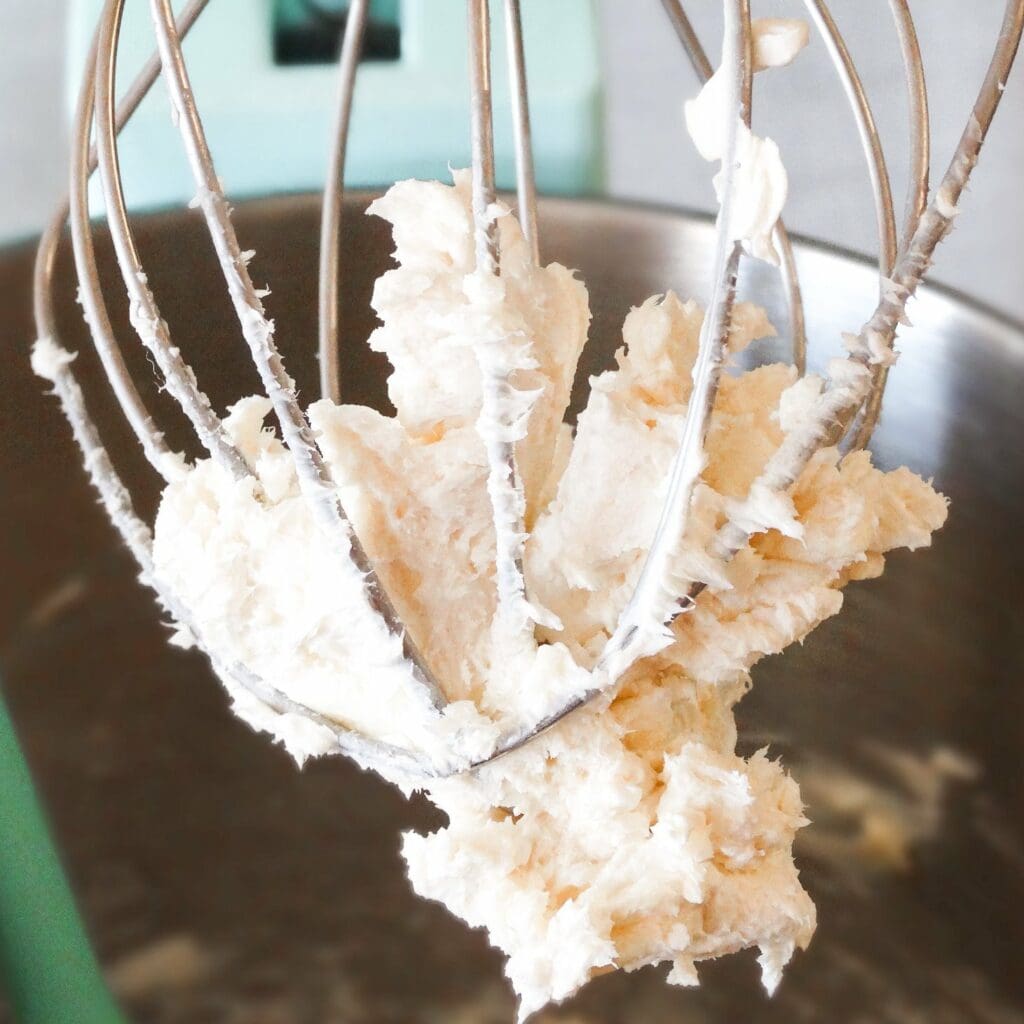Fats
Fats: Keep your list simple with three main types:
- Vegetable Oil: Versatile and neutral in flavor, like avocado oil. Perfect for general cooking without altering the taste of your dish.
- Butter or Substitute: Adds richness and firmness as needed. For example, garlic-herb butter is fantastic for stuffing chicken breast.
- Nut Butter: Ideal for a nutty flavor without adding texture. Useful in dressings, sauces, and spreads.
While we recommend and love oils like olive and sesame oil for their unique flavors, which are great for Mediterranean and Asian dishes, you can still cook all our recipes with just these three fats.
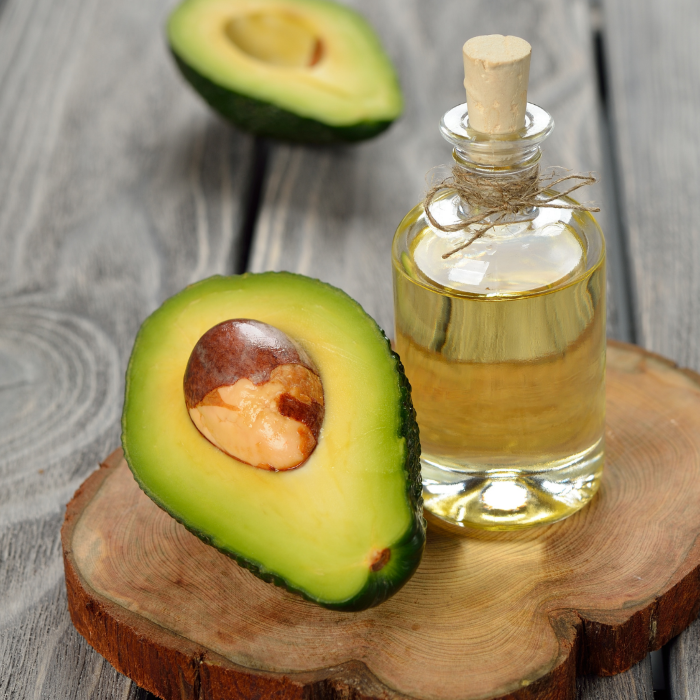
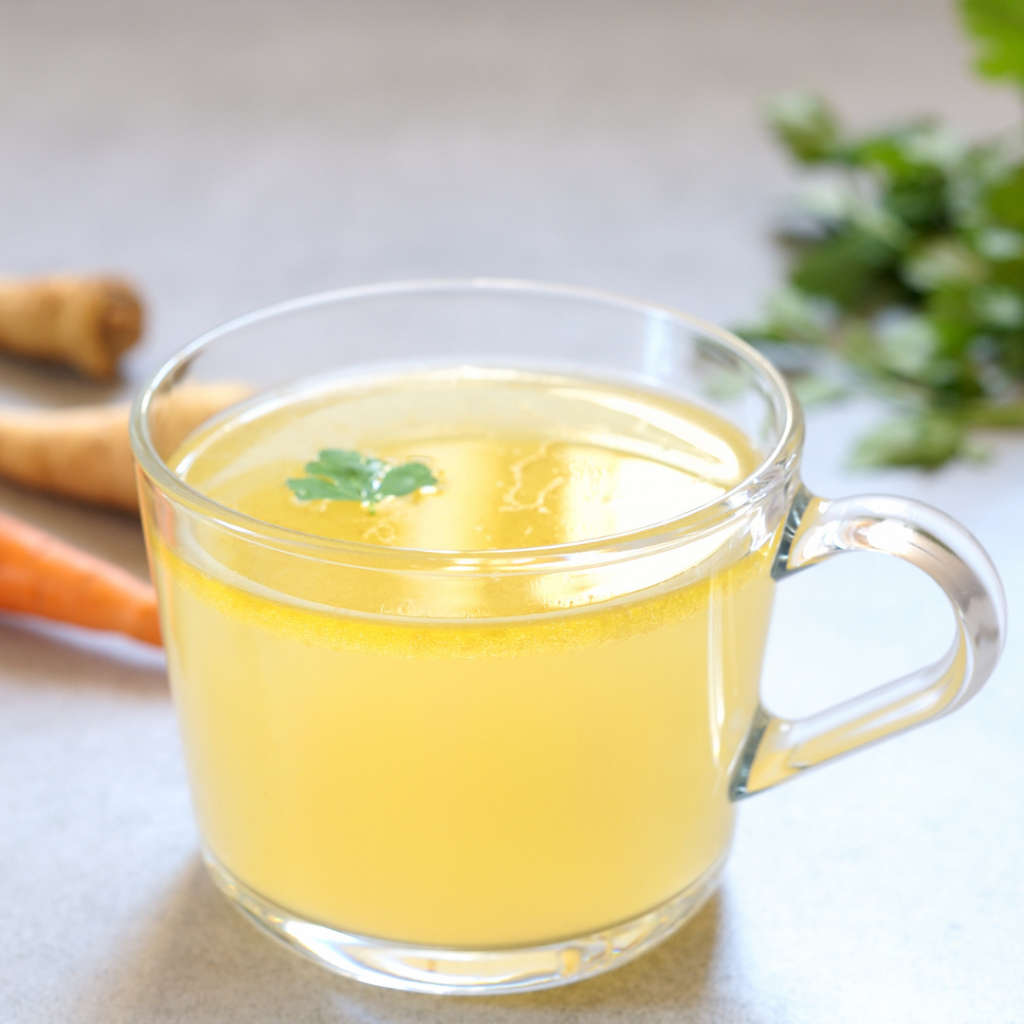
Liquids
Liquids: Focus on versatile options like:
- Milk: A staple for both drinking and cooking.
- Broth: Beef, chicken, or vegetable, depending on your dietary preferences.
- Tomato Sauce: Great for a variety of dishes, from pasta to stews. It’s best, if you can find a brand that doesn’t contain any added flavors, just pure tomatoes.
Dairy (Egg & Cream)
Essential items include:
- Eggs: Versatile and essential for many recipes, as main ingredient or for binding.
- Yogurt: Useful for dressings, marinades, and snacks. Alternative, try sour cream.
- Heavy Cream: Ideal for enriching sauces and soups. Often, it’s possible to substitute with cream cheese.
Salty
- Salt: The fundamental seasoning for all dishes.
- Soy Sauce or Tamari: Adds a savory depth to many recipes. Find alternatives in our blog.
- Fish Sauce: Essential to many Asian dishes, it adds umami and complexity to various recipes. A good alternative is anchovy paste.
Sour
- Vinegar: Choose a versatile option like apple cider vinegar for both cooking and salad dressings. If you consider another one, a good addition is balsamic vinegar for a Mediterranean flavor, and rice vinegar for some Asian dishes.
- Citrus Juice: Fresh or bottled, fresh citrus fruits brighten up dishes and enhances flavors. Don’t stick with just lemons and limes. Consider (blood) oranges and grapefruits as well.
- Pickles: To add a different sour kick, venture into the world of pickles, including capers and beetroots, whatever you have at hand.
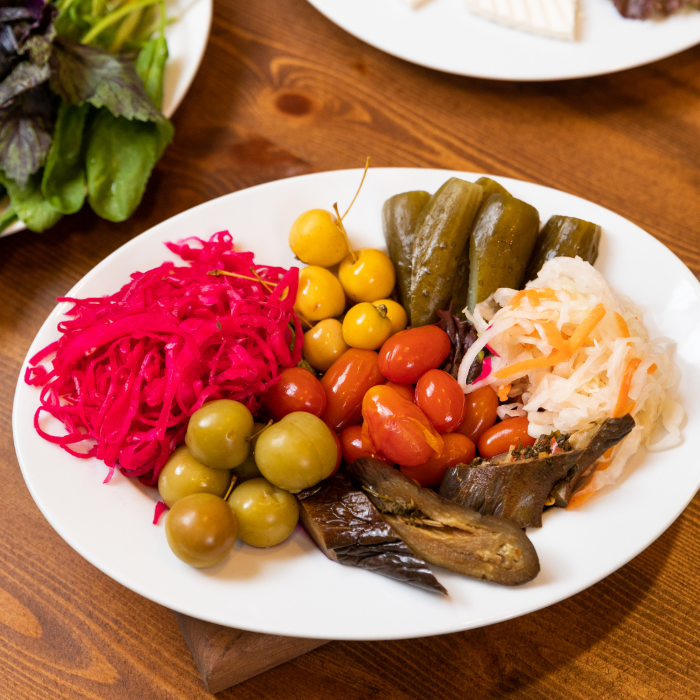
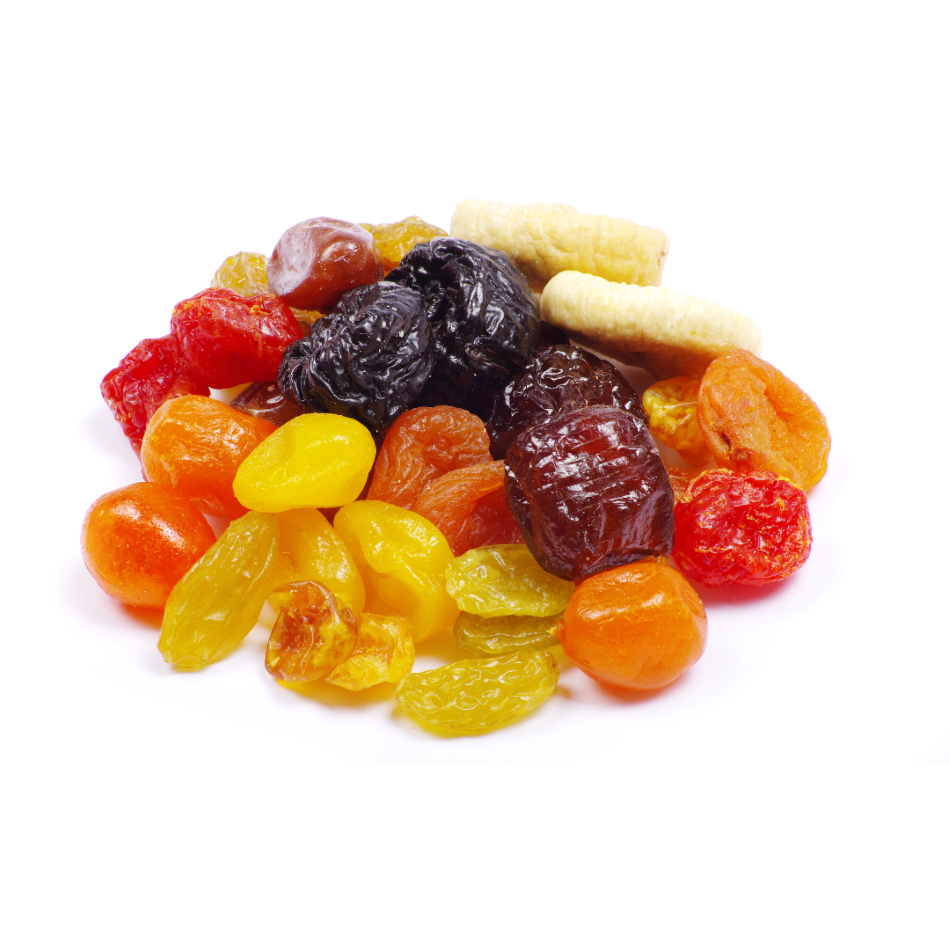
Sweet
- Sugar: A basic staple for sweetening recipes.
- Honey or Maple Syrup: Natural sweeteners that bring a different flavor and texture to your dishes.
- Dried Fruits: A delicious variety of texture, and added sourness combined with sweetness.
Coatings
- Breadcrumbs: Perfect for breading and adding texture to or on top of dishes.
- Flour: A basic ingredient for many coatings and for thickening batters and sauces.
- Starch: Useful for thickening sauces and soups.
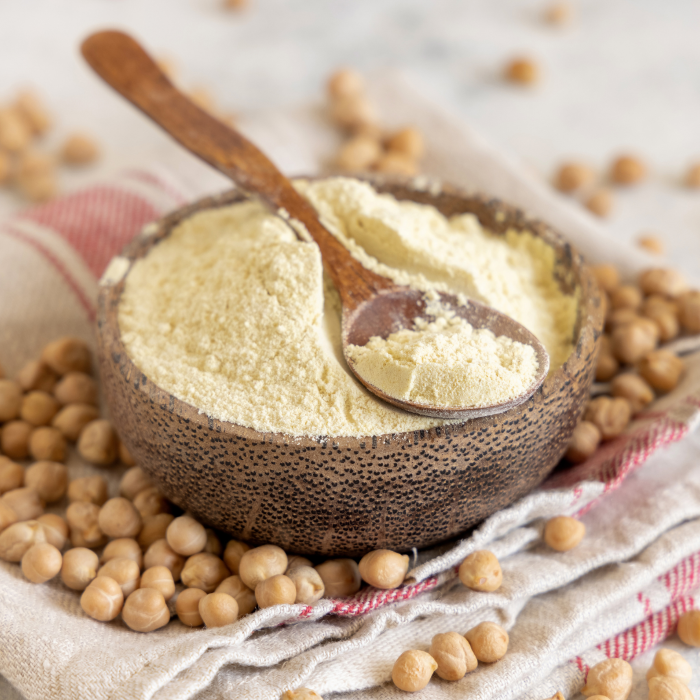
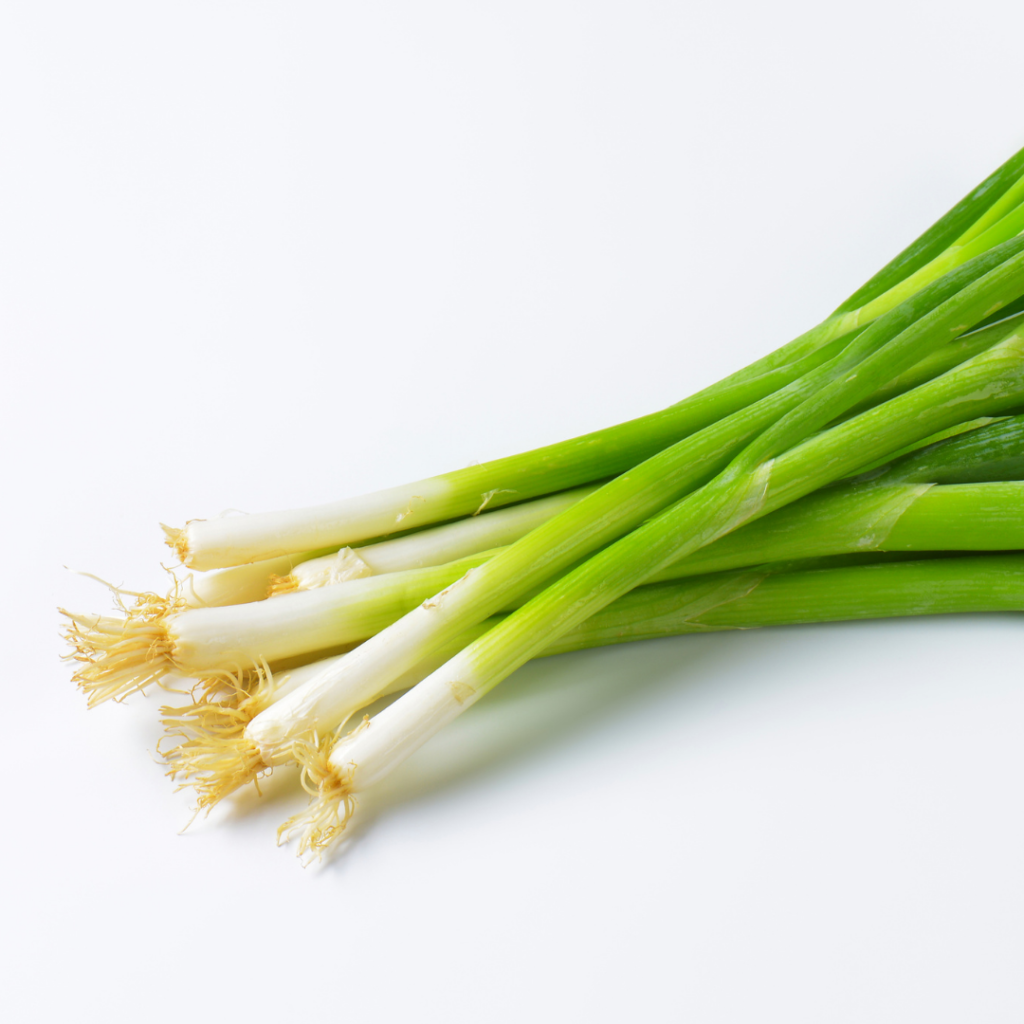
Aromas
- Garlic: Fresh garlic, it’s a fundamental flavor enhancer and can provide texture as well.
- Onions: Add depth and sweetness to a variety of dishes.
- Herbs: We recommend choosing at least one different fresh herb each week to keep your meals exciting and flavorful.
By focusing on these core categories, you’ll simplify your grocery list and make meal prep less stressful. Keep these staples on hand, and you’ll be prepared for a wide range of recipes without the hassle of last-minute ingredient hunts.
See also our complete quick reference: Cherry-Picked Cooking Staples
